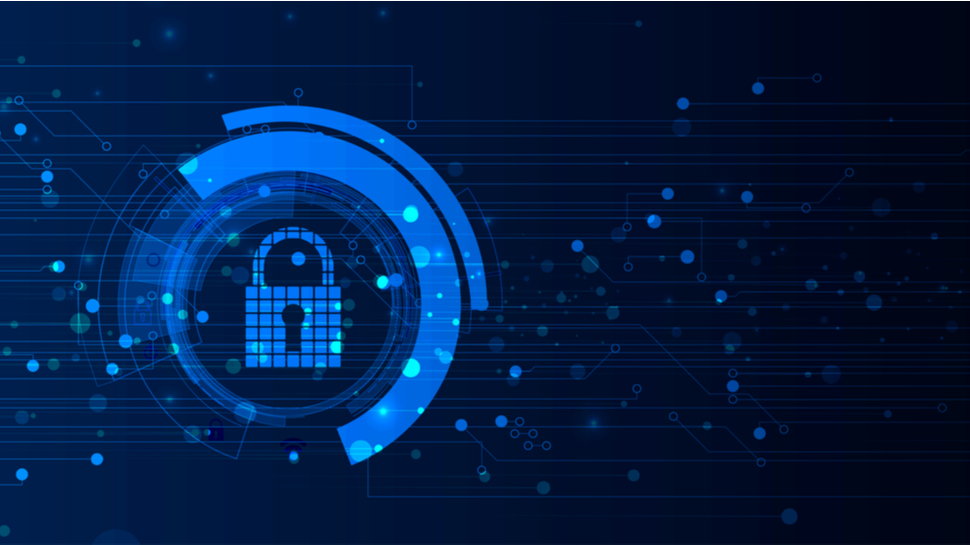Ransomware, AI, and social engineering all set to be 2024's biggest security threats
Evolving threats and capabilities will increase the risks posed to businesses

Ransomware attacks reached a record high in 2023, and are set to continue to be a threat for some time to come, new research has warned.
In its 2024 Key Forecasts, ZeroFox Intelligence highlighted analysis of live threat intelligence data showing the rise, and warned that as a number of key elections are due in 2024, it expects an uptick in malicious campaigns and scams looking to spread misinformation.
Manufacturing and technology industries facing the greatest threat, the company said, with US based organizations will likely suffer more than 50% of global ransomware attacks in 2024 due to its sizable economic and digital infrastructure.
An evolving threat landscape
Social engineering is expected to rise as a result of phishing campaigns utilizing new techniques and malicious attachments. Search engine optimization (SEO) will also see increased levels of manipulation by threat actors looking to make their scams appear more legitimate, or use more legitimate domains.
AI will see an increased use by threat actors and the cyber security industry as its abilities evolve. Synthetic media generated by AI will be used to target elections, and spread misinformation, disinformation, and malinformation. However, there is potential for AI to enhance defense capabilities concerning cyber security and the detection of synthetic media.
There is a growing threat that cyber attacks will have increasing physical damages, most likely affecting finance, energy and healthcare. These critical sectors can suffer huge real world damage as a result of cyber attacks, and often use out-dated or undersized security infrastructure. Nation-state and state-sponsored attacks are the most likely to target these critical sectors, especially with regard to the Russia-Ukraine war and tenuous relations between China and Taiwan.
ZeroFox noted businesses looking to enhance their protective capabilities, which include backing up critical data to off-site encrypted cloud storage, monitoring network access and device configurations, and adopting an organization-wide zero-trust cybersecurity architecture to keep device access to the minimum required for operation.
Are you a pro? Subscribe to our newsletter
Sign up to the TechRadar Pro newsletter to get all the top news, opinion, features and guidance your business needs to succeed!
More from TechRadar Pro
- Keep your business safe with the best endpoint protection software around
- We've also featured the best identity management software
- Hacked proxy service has already infected 10,000 systems worldwide with malware

Benedict has been writing about security issues for over 7 years, first focusing on geopolitics and international relations while at the University of Buckingham. During this time he studied BA Politics with Journalism, for which he received a second-class honours (upper division), then continuing his studies at a postgraduate level, achieving a distinction in MA Security, Intelligence and Diplomacy. Upon joining TechRadar Pro as a Staff Writer, Benedict transitioned his focus towards cybersecurity, exploring state-sponsored threat actors, malware, social engineering, and national security. Benedict is also an expert on B2B security products, including firewalls, antivirus, endpoint security, and password management.